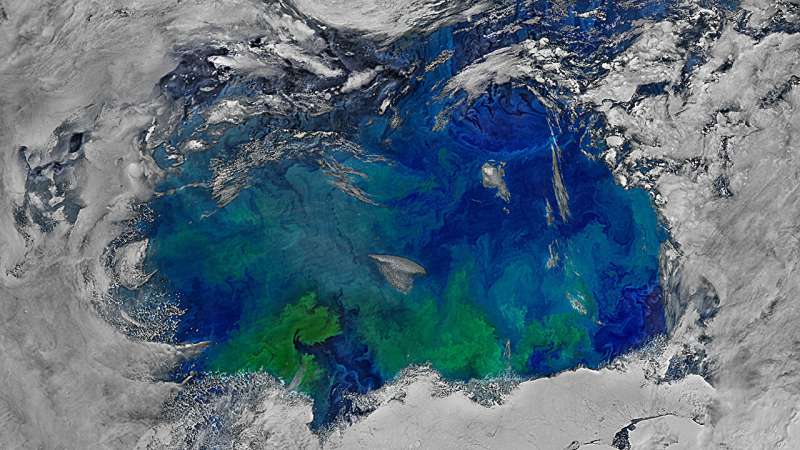
Researchers around the world are advancing and refining climate models to predict the effects of climate change. These models use information about our planet’s chemical, physical, and biological processes to create simulations of potential climate pathways.
An international collaboration known as the Coupled Model Intercomparison Project (CMIP) enables teams to compare and combine various models according to standardized frameworks, strengthening climate predictions and illuminating paths for further model advancement.
The most recently released phase of CMIP, CMIP6, includes a component called the Detection and Attribution Model Intercomparison Project (DAMIP). DAMIP focuses specifically on the relative contributions of various drivers of climate change, such as greenhouse gas concentrations, aerosol emissions, and volcanic eruptions.
In a new paper published in the Journal of Advances in Modeling Earth Systems, Gareth Jones and colleagues outline how the United Kingdom’s Met Office Hadley Centre—a climate change research center home to the climate model HadGEM3-GC3.1—has contributed to DAMIP.
Following DAMIP’s standardized experimental framework, the researchers used HadGEM3-GC3.1 to simulate how air temperatures just above Earth’s surface respond to different human and natural drivers around the world. Then they compared these temperatures with those simulated by other climate models that are part of DAMIP and CMIP6.
Overall, the near-surface air temperatures predicted by HadGEM3-GC3.1 were consistent with combined predictions from other CMIP6 models.
However, HadGEM3-GC3.1 simulated unusual patterns of air temperature over just the Southern Ocean. Its simulations—most prominently those focusing on the atmospheric effects of aerosols—showed occasional warming caused by deep, warm ocean waters rising to the surface. In these simulations, high southern latitudes heated up while the rest of the globe cooled, a pattern that was not reflected in simulations from other climate models.
These findings could help inform future efforts to combine model simulations that feature different human and natural drivers of climate change. The authors also encourage other institutions to contribute model simulations to DAMIP, all with an eye toward high-precision climate forecasting.
More information:
Gareth S. Jones et al, The HadGEM3‐GC3.1 Contribution to the CMIP6 Detection and Attribution Model Intercomparison Project, Journal of Advances in Modeling Earth Systems (2024). DOI: 10.1029/2023MS004135
This story is republished courtesy of Eos, hosted by the American Geophysical Union. Read the original story here.
Citation:
Climate model simulates unusually high heat over the Southern Ocean (2024, August 22)
retrieved 22 August 2024
from https://phys.org/news/2024-08-climate-simulates-unusually-high-southern.html
This document is subject to copyright. Apart from any fair dealing for the purpose of private study or research, no
part may be reproduced without the written permission. The content is provided for information purposes only.

